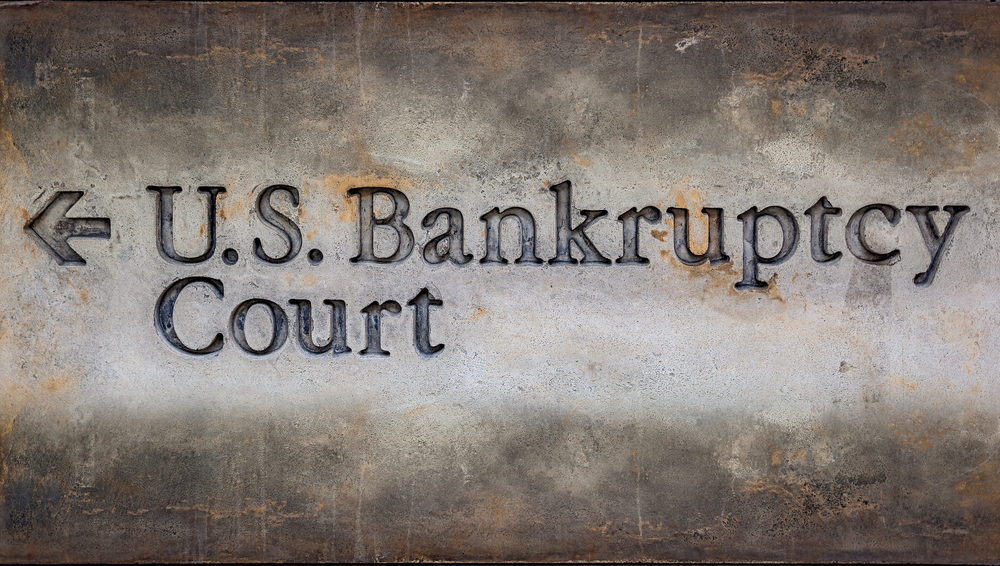
Lawsuits are costly, time consuming, and can damage a company’s finances and reputation. Some businesses that face legal allegations file for bankruptcy due to the cost of the legal process and possible settlements. However, it doesn’t always mean the business will close. Typically, Chapter 11 bankruptcy offers the chance to restructure finances to resolve debt, with the goal of maintaining operations in a stronger position once settled.
The Catholic church is facing dozens of claims of sexual abuse, some of which date back more than 30 years. The financial impact of the abuse cases led the Archdiocese of New Orleans to file for Chapter 11 bankruptcy in May 2020. As a result of the filing, survivors of sexual abuse by clergy had until March 1, 2021, to seek financial compensation. Given the billions in property ownership and the hundreds of millions of net income it enjoys, the Archdiocese is not in any danger of “closing” or “going out of business.”
Chapter 7 and Chapter 11 Bankruptcy Options
There are two types of bankruptcy that a business may file for: Chapter 7 and Chapter 11. While they have different purposes and processes, they both provide an automatic stay. An automatic stay means pending litigation and legal action against a company is prevented until a federal court bankruptcy judge sets a bar date or the bankruptcy is dismissed for bad faith. The bar date is the last day anyone can make a claim against the business. Once the deadline passes, no financial compensation can be sought without seeking leave from a court.
Unlike Chapter 7 bankruptcy, which involves the closure of the business and liquidation of all assets to settle liabilities, Chapter 11 allows a business to reorganize its finances. The company creates a plan for its operations, debts, and assets. If approved, it provides the chance for businesses to remain open and better positioned post-bankruptcy.
How Bankruptcy Affects the Settlement Process
One of the main differences for lawsuits that involve bankruptcy is which court makes important rulings. Bankruptcy moves the proceedings to federal court, where a federal judge makes rulings instead of a state court judge and jury. Many advocates and victims of clergy abuse feel this is unfair because it takes the hearing out of public court, further enabling the Archdioceses to hide the breadth and depth of the abuse and its misconduct.
When a company is being sued and files for bankruptcy, there’s a chance the bankruptcy or the abuse claims will be dismissed, but it depends on the type of bankruptcy and the organization’s financial situation. For Chapter 11, typically, a settlement pool of funds is created during the restructuring process. If accepted, it’s divided among the victims pursuant to agreement of the victims or with court oversight.
There is a long history of sexual abuse lawsuits and a pattern of Chapter 11 filings by dioceses in the United States. While the term “bankruptcy” often causes fear that the company won’t have to pay its victims what they deserve, or at all, large settlements have been reached with the church on many occasions. In fact, dioceses across the country have paid out billions of dollars to victims of sexual abuse. In 2018, the Archdiocese of St. Paul and Minneapolis reached a $210 million settlement with 450 abuse survivors, one of the largest the church has ever had to pay.
Claims against businesses that file for Chapter 11 bankruptcy have a set timeframe to seek financial compensation due to the bar date. Historically, bankruptcy by dioceses has prompted an influx of claims since victims have one final chance to be financially compensated for the abuse they suffered.

Soren E. Gisleson, is a Partner at Herman, Herman & Katz, L.L.C. and attorney advocate for survivors of clergy sexual abuse.














Comments for this article are closed.